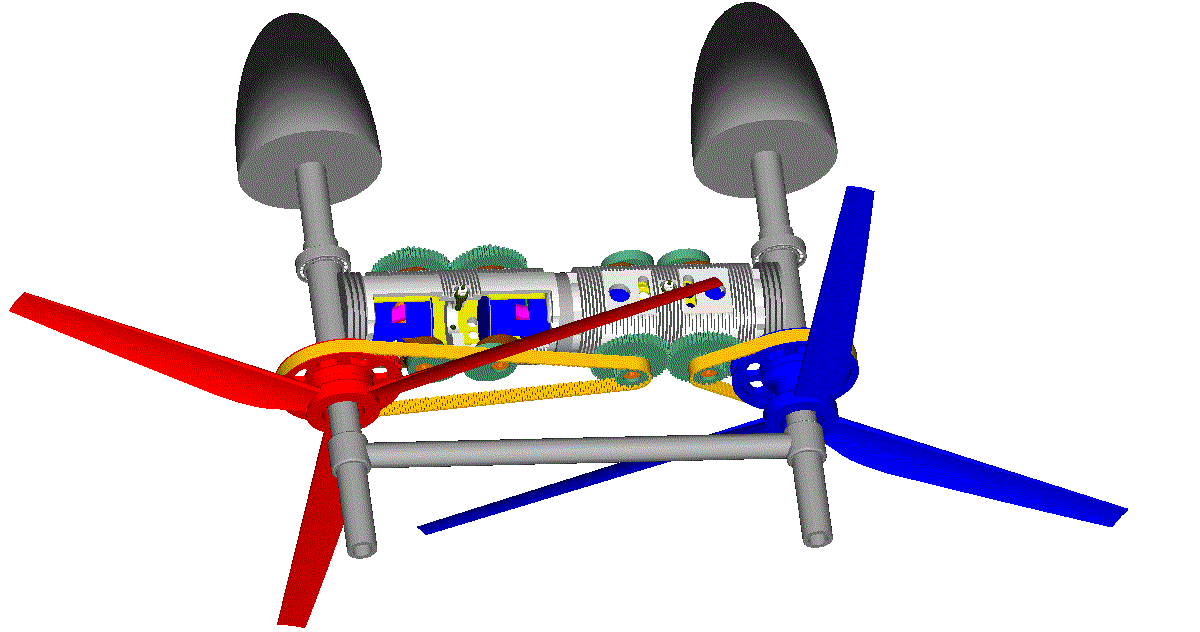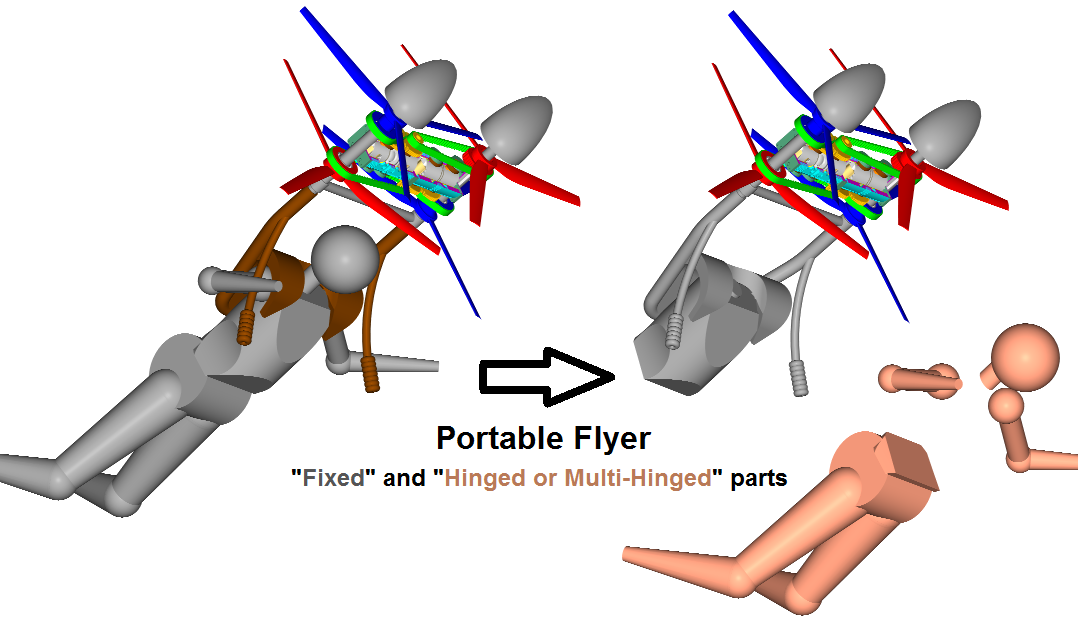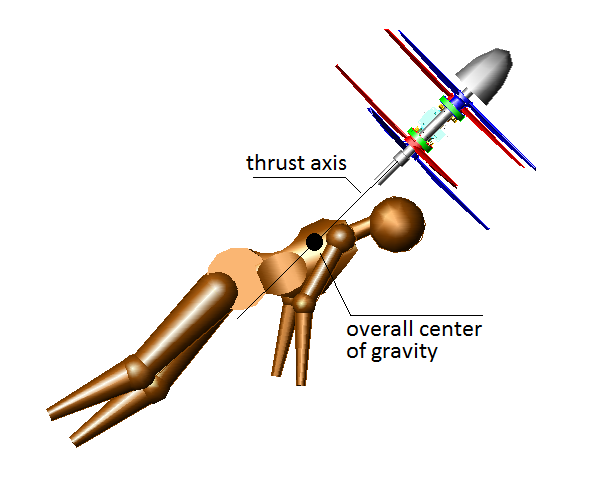You write:
" I dont believe one cancels the other, it still exists and resists sudden movements.
. . .
Every clue shared by Manolis is all we can go by, i dont believe he is here for help or advice."
Gyroscopic rigidity and “real time” Control
It will take no more than 10 seconds of your time to get it.
Go at the second 19 of the following video:
The two flywheels (think of them as the propellers of a personal flying device) spin at the same direction.
At the second 21 the guy secures on the set of the two rotating flywheels an eccentric weight (think of it as the body of the pilot who rides the personal flying device).
Despite the eccentric weight that applies a torque that tries to turn from horizontal to vertical the plain defined by the two rotation axes, the plain remains horizontal.
No matter how much the pilot will try, the response to the commands of the pilot will be so slow that there is no real control: the pilot will start a maneuver “today”, and the maneuver will complete “tomorrow” (i.e. very slowly).
Now go at the second 35 of the video.
The two flywheels (think of them as the propellers of the Portable Flyer) spin at opposite direction (they counter-rotate).
At the second 37 the guy secures on the set of the two counter-rotating flywheels the same eccentric weight, at the same eccentricity (think of it as the body of the pilot of the Portable Flyer).
The plain defined by the two rotation axes turns from horizontal to vertical immediately and oscillates freely as if the flywheels were stopped (not spinning).
Quote from https://www.pattakon.com/pattakonFly.htm
- . . .
With the symmetric counter-rotating propellers (and crankshafts), the total "gyroscopic rigidity" is zero, i.e. the rider can "instantly" (as instantly as with the propellers stopped) vector the thrust to the desirable direction..
. . .
The above make "a true neutral propulsion unit": neither vibrations, nor reaction torque, nor gyroscopic rigidity; only a force that can "instantly" and effortlessly be vectored towards the desirable direction.
As aerodynamic "controls" the rider / pilot can use his legs, hands and body, just like the wing-suiters do. A wing-suit fits with the Portable Flyer, especially for long flights and fast aerobatics.
The need for zero gyroscopic rigidity (that allows instant control over the flight) is predicted by physics / maths (i.e. by the theory), and is demonstrated by the experiment in the video.
What else you need to be convinced?
Just read this post "open minded"; and if you still cannot get it, let me know what exactly you can't get.
Thanks
Manolis Pattakos




